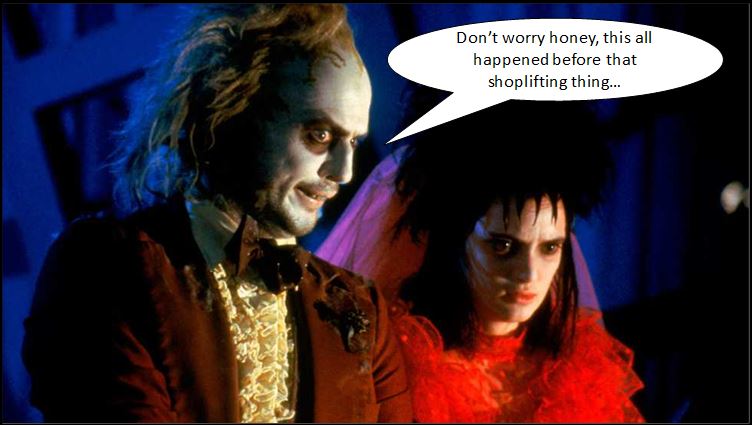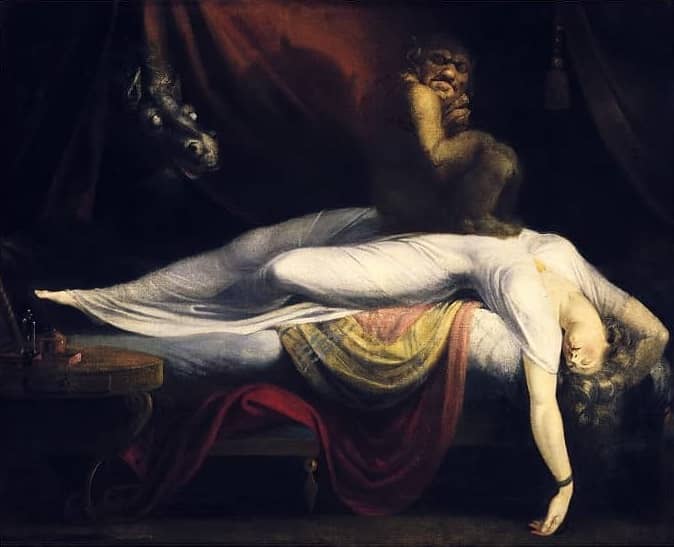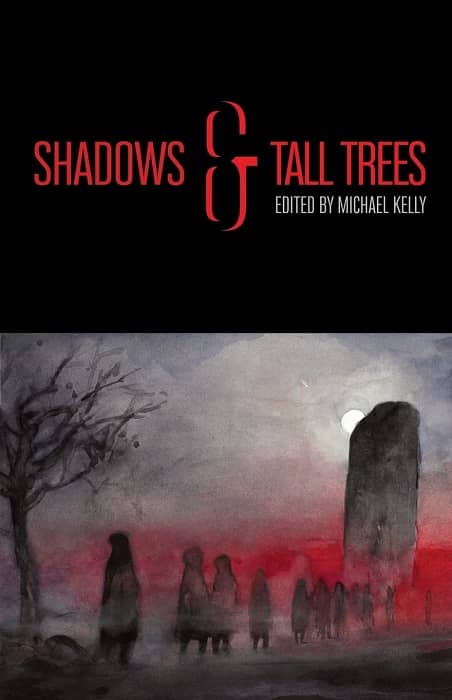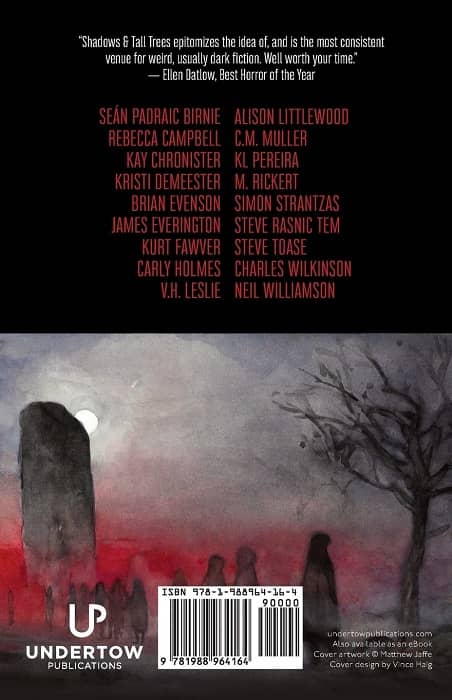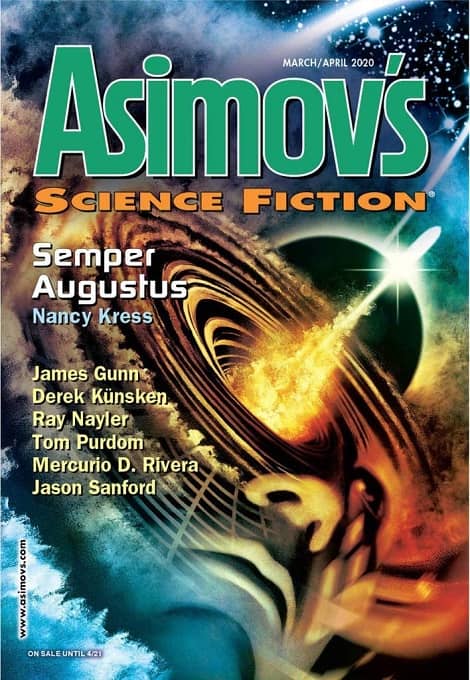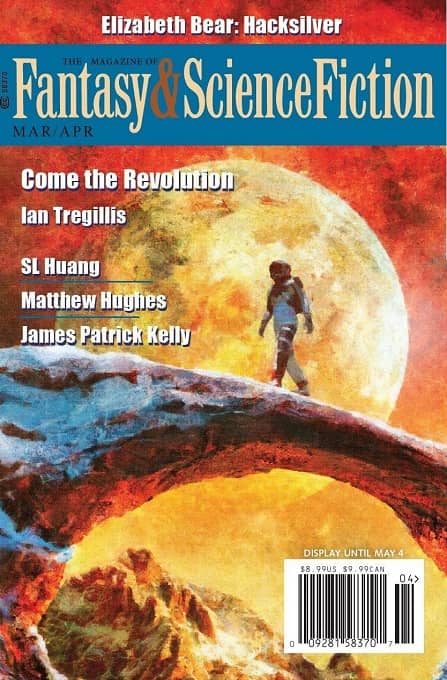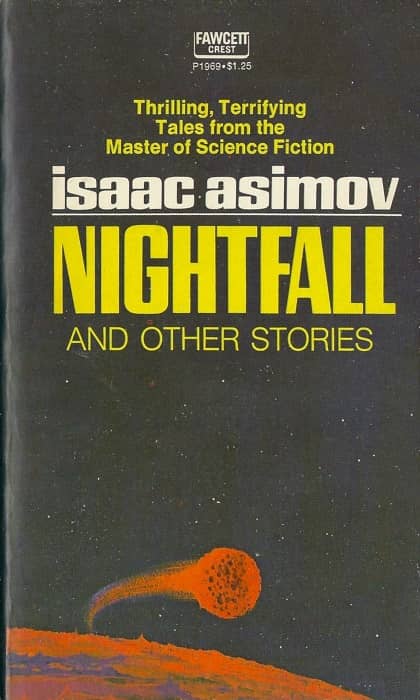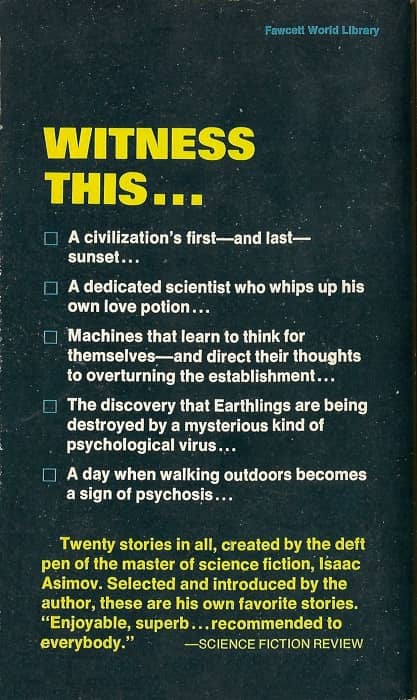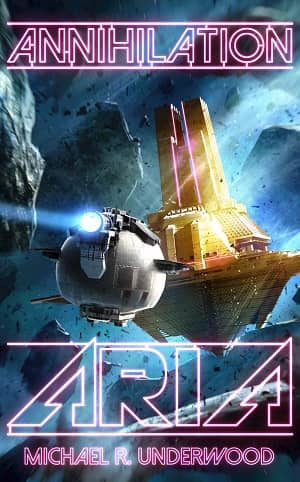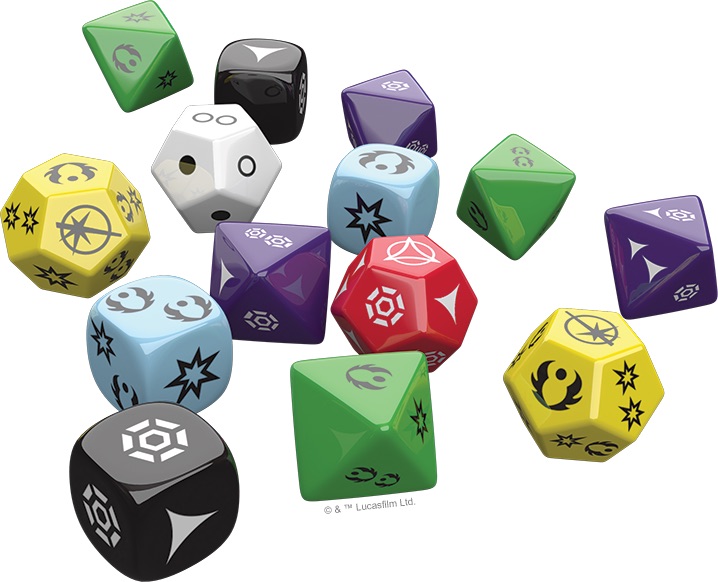Future Treasures: Shorefall, Book 2 of The Founders Trilogy by Robert Jackson Bennett
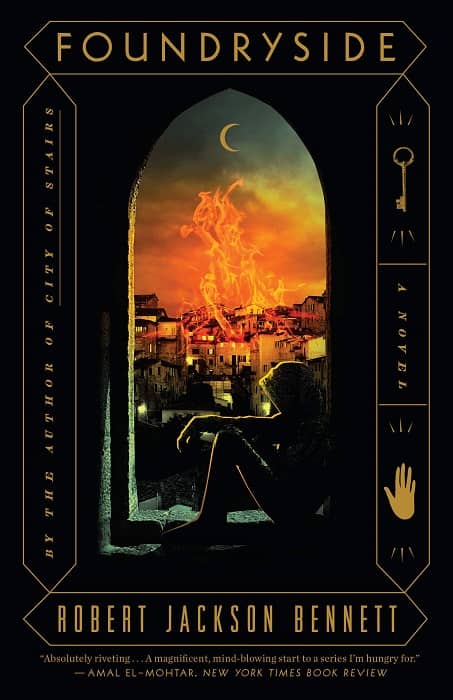 |
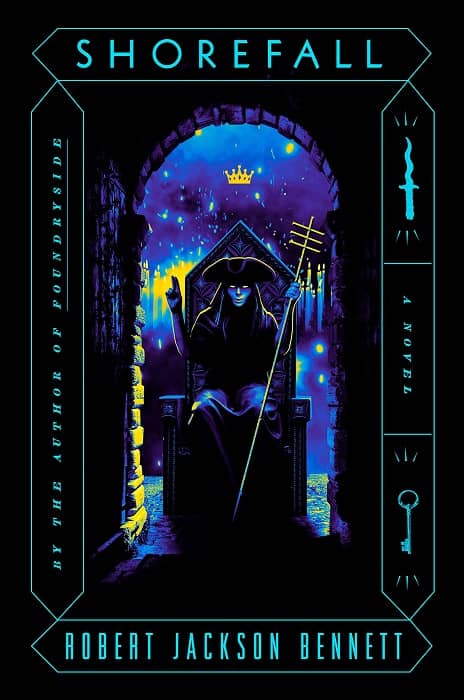 |
Cover design by Will Staehle
It’s a damn tough time to be publishing new books, with virtually every bookstore in the country closed and Amazon drastically increasing shipping times for books and other non-essential items. So I very much appreciate those authors and publishers who continue to do it. Lord knows I need good books more than ever these days.
Shorefall, the second volume in Robert Jackson Bennett’s Founders Trilogy, arrives next week from stalwart fantasy publishers Del Rey, and I’m very much looking forward to it. Writing in The New York Times Book Review, former Black Gate blogger Amal El-Mohtar called first volume Foundryside “Absolutely riveting… A magnificent, mind-blowing start to a series.” It was selected as one of the Best Science Fiction & Fantasy Books of 2018 by The B&N Sci-Fi & Fantasy Blog; here’s what they said:
The author of the Divine Cities trilogy (a nominee for Best Series at the 2018 Hugo Awards) begins a new trilogy that’s as fun to read as its world is well-imagined. The city state of Tevanne runs on magic and pillage, as the four dominant merchant houses exploit the lands around them (not to mention the poor denizens who crouch outside their walls in a precarious shantytown known as Foundryside), as their scrivers create incredible machines and accomplish feats that look a lot like magic by way of intricate sigils that bend and break the laws of reality. Sancia Grado is a Foundryside thief who comes into possession of Clef, a sentient golden key — and is pursued by police captain Gregor Dandolo, reluctant scion of one of the richest houses. The unwitting Sancia falls into a scheme to destroy the power of the scrivers; putting a stop to it will bring her and Dandolo together as unlikely allies in the greatest theft theft in history, with the lives of everyone in Tevanne on the line. Read our review.
Robert Jackson Bennett is also the author of the BFA and Shirley Jackson Award winner Mr. Shivers, The Troupe, American Elsewhere, and Vigilance (as well as possibly being Chris Pratt in disguise). Here’s the publisher’s description for Shorefall.
